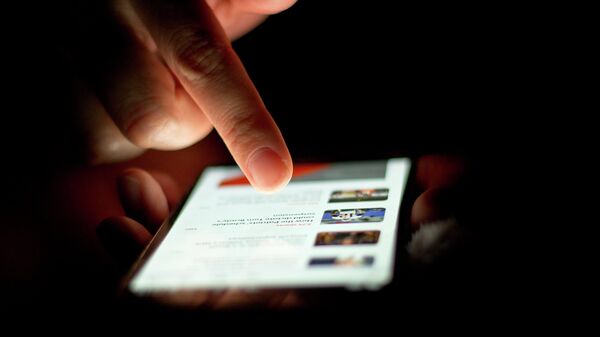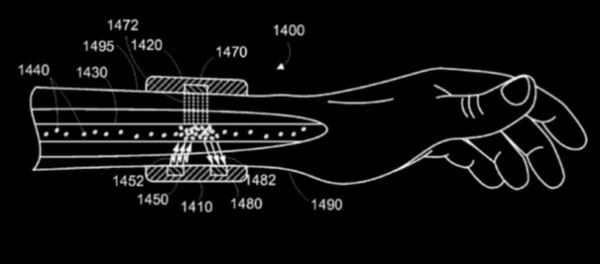The city of Berkeley, California recently passed an ordinance called the Right to Know law. Set to go into effect next month, the ordinance requires cellphone retailers to display signs which warn customers of the potential dangers of cellphone radiation.
Retailers will be required to notify clients that by carrying a cellular device in your pocket, "you may exceed the federal guidelines for exposure," and that "the potential risk is greater for children."
The law has already proven controversial. Both the New York Times and New York Magazine ran responses that argue the law is not based on sound science. The latter called the ordinance "misguided"
But supporters may have found the scientific justification they needed. A new meta-study by Igor Yakymenko claims to have found undeniable links between radiofrequency and an increased risk for cancer.
"These data are a clear sign of the real risks this kind of radiation poses for human health," Yakymenko said, according to New York Daily News.
By analyzing data from hundreds of other studies, he concluded that using a cellphone for 20 minutes a day over a five year period increases the risk of a particular type of brain tumor by threefold. Cell phone use for one hour per day for four years saw that risk increase by as much as five times.
The study also found that radio frequencies can also cause headaches, fatigue, and skin problems.
"[Our] data were obtained on adults who used cell phones mostly up to 10 years as adults," Yakymenko said. "The situation can dramatically differ for children who use cell phones in childhood, when their biology [is] much more sensitive to hazardous factors, and will use it over the[ir] life."
In 2012, only 6.4 out of every 100,000 adults developed brain cancer, but Yakymenko says that number could increase dramatically. Symptoms can take as long as 30 years to develop, and given that mass cell phone use is a relatively recent phenomenon, it could take a few decades for the effects to be observable.
The debate, however, continues. A number of scientists say that while carcinogenic links are far from impossible, there is not yet any solid evidence to support the idea.
"We’ve been looking for signs of adverse effects at low levels for over 50 years without success," Jerrold T. Bushberg, a representative with the American Association of Physicists in Medicine, told the New York Times. "We can’t say it’s impossible, but if there is a risk it would be very, very low, or we would have seen an increase in brain cancers."
Others have attributed the concerns to the stigma of the word "radiation."
"Just because cell phones emit radiation doesn’t make them dangerous," Robert Cahn, a scientist with the Lawrence Berkeley National Laboratory, told the Times, adding that cellular devices emit low levels of radiation comparable to garage door openers, wireless routers, baby monitors, and even smart parking meters.
Still, if Yakymenko is right, Berkeley’s new law may quickly spread to other cities across the country.



